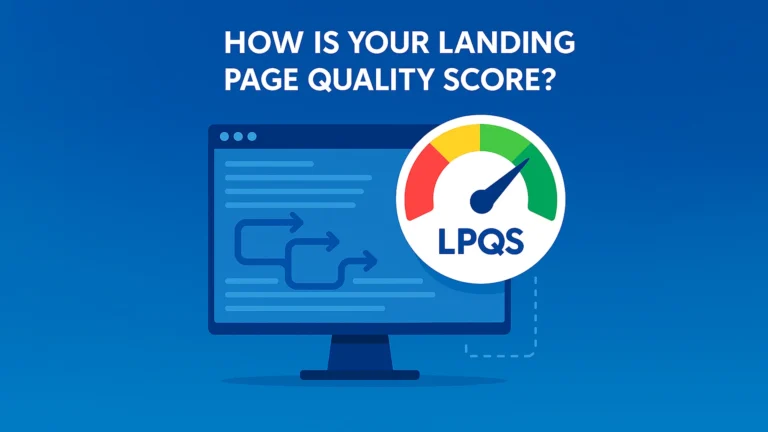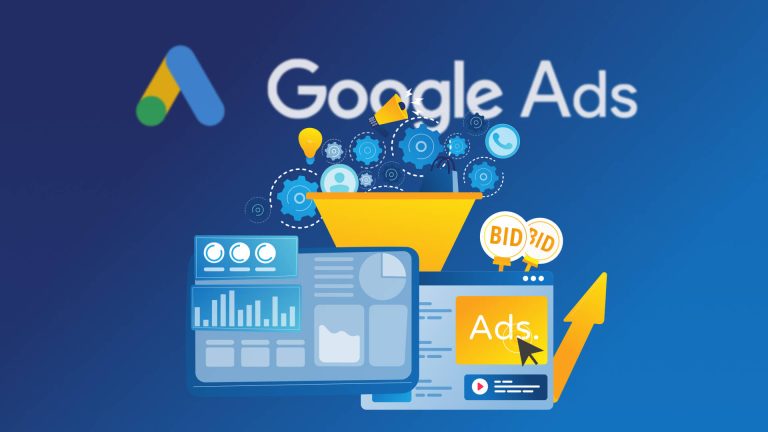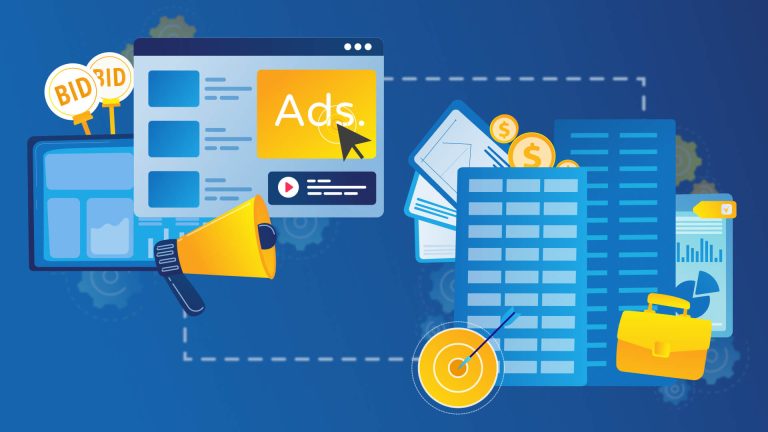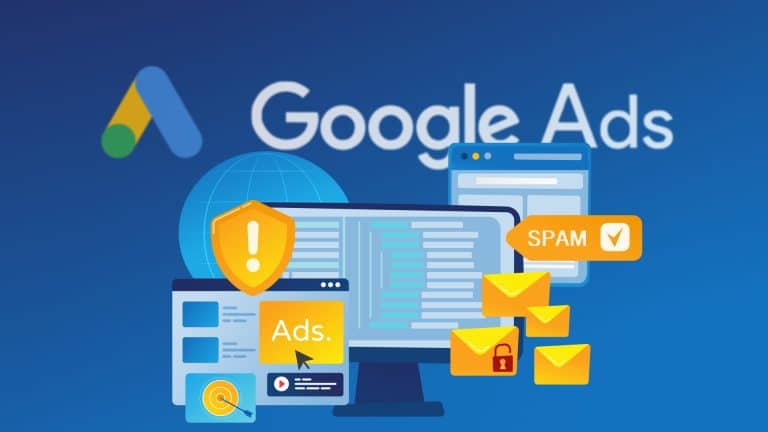Although some marketeers use productive strategies to boost their Google Ads for B2B conversions, they fail to increase their revenue.
Why is that? Because they don’t really know their customer base. They don’t aim to gain a deep understanding. Just, they’re doing audience research by halves. Targeting high-potential B2B users in Google Ads is a must. Otherwise, whatever strategy you apply, you can’t increase your conversion rates.

Brand traffic analysis
Looking into brand traffic is a very good starting point to get a feeling about the interesting customer attributes.
- What is the distribution of age/gender?
- What about seasonality within a day, week, or year?
- What is the device impression share?
Too abstract? Let’s assume we run a B2B company.
We realized in the brand traffic that there’s a big difference between weekday and weekend impressions. That’s not a big surprise.
A new feature could be the ratio of (Impressions Tuesday + Impressions Wednesday) / (Impressions Saturday + Impressions Sunday). Let’s call it business demand. The higher, the better for our B2B environment.
Search for the brand fingerprint in your non-brand data
Here’s an interesting fact: How is your non-brand traffic? Normally, yes, different because the keywords searched by also B2C customers. How can we find similar demand? We do the same business demand calculation for different account levels we can bid/target on.
Here are two examples:
- Score your keywords according to the requirements of the business. Only a few impressions are enough to score each keyword. That’s a big advantage, right? What about conversions? You need hundreds or thousands of clicks—especially in the long tail. If you round the calculated demand, 1 digit, for example, you get pretty big groups with hopefully a big performance gap. Bingo!
- We’re spending a lot of time in feature engineering like that to build custom bidding models that deal very well with long-tail keywords.
- Now, let’s do the same for location targeting. Normally, your sample size is too low to adjust bids at the city level if you’re only looking at conversion data. Now, if you use your impression level, we can even go down to the postal level. The process is the same: for each postal level, we get a score—we can group the conversion data by the calculated score. A straightforward action could be: Bid Adjustment on Postal = ValuePerClick (Postal group) / ValuePerClick (Total)
In these two examples, we have only fingerprinted one feature. Depending on your business, you’ll find a lot more. We’ve observed in many accounts that the same keywords can perform differently when mixing it with segments based on user demand.
Conclusion
By identifying those interesting user micro-segments, you can build a new campaign type that bids super aggressively for those users. This is a brilliant approach to new customer acquisitions.
Need productive Google Ads strategies?
We’re ready to build a personalized Google Ads strategy for you. You can effectively target high-potential B2B users. Just contact us.





